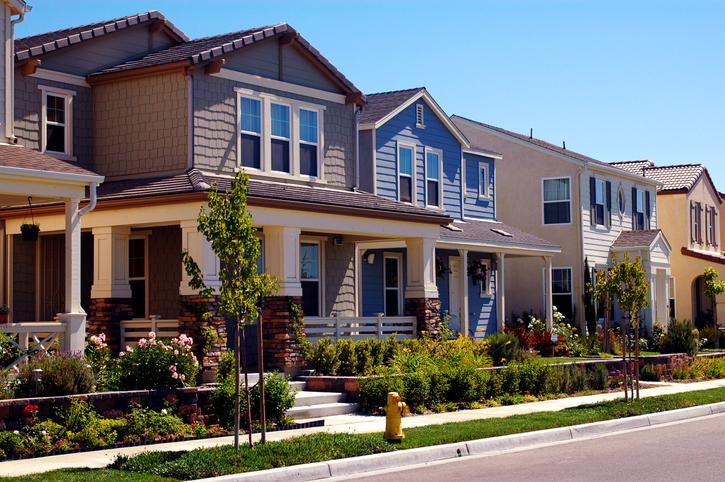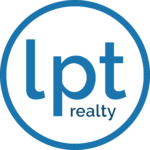In the tapestry of human living, single-family homes stand as vibrant threads, weaving together the aspirations, dreams, and everyday lives of individuals and families. These abodes, often characterized by their distinct charm and personal touch, offer more than just shelter; they serve as the backdrop for countless memories and experiences. In a world where urbanization and modern architecture can sometimes overshadow traditional living, single-family homes maintain a unique allure, representing autonomy and a sense of belonging. This article embarks on a journey through the myriad aspects of single-family homes, exploring their historical significance, architectural diversity, and the evolving dynamics of homeownership in contemporary society. As we delve deeper, we’ll uncover the reasons why these dwellings continue to captivate the hearts and minds of many, standing as a testament to the enduring value of space, privacy, and community.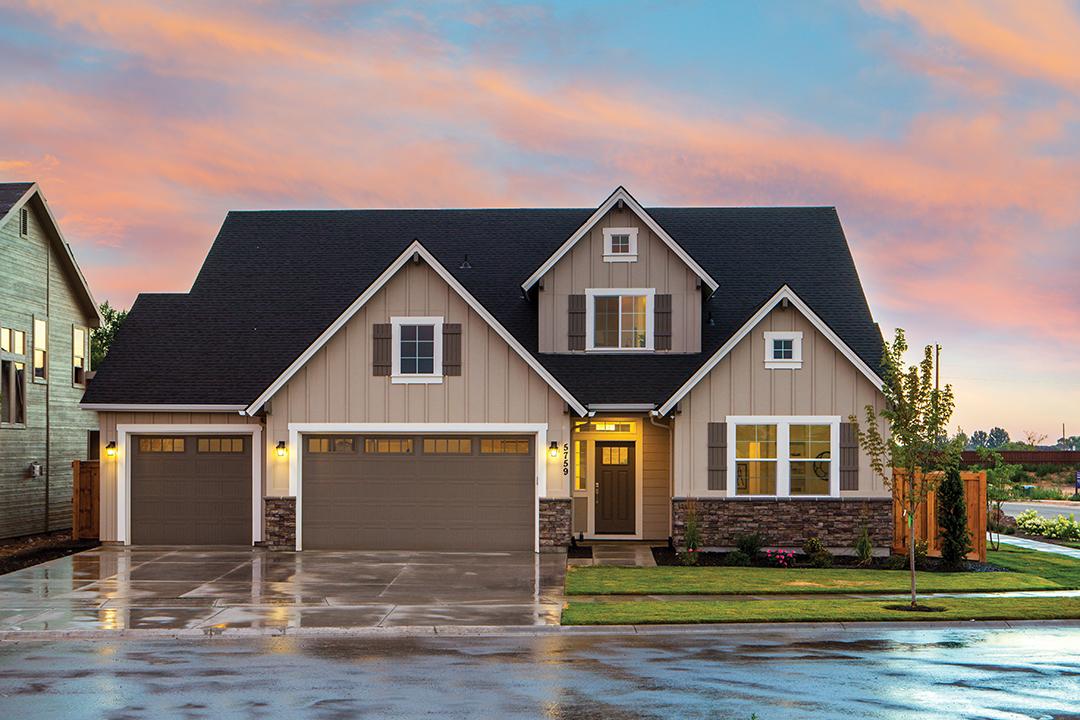
Exploring the Appeal of Single-Family Homes in Todays Market
In the current real estate landscape, single-family homes have emerged as a highly desired option for many buyers. This trend can be attributed to several compelling factors that resonate with families and individuals alike. Space and privacy are among the top features that draw people to these properties. Unlike multifamily units, single-family homes provide spacious interiors and outdoor areas, allowing residents to enjoy their own slice of peace away from neighbors. Additionally, flexibility in design is a significant appeal, as homeowners can tailor the space to their personal preferences, which is often more challenging in condominiums or townhouses.
Moreover, single-family homes commonly reside in areas with strong community ties. Neighborhoods featuring single-family residences often boast communal amenities such as parks, schools, and recreational facilities, making them ideal for families with children. This sense of community can lead to a more enriched lifestyle, fostering friendships and support networks. The stability offered by single-family homes also adds to their charm; many buyers view this property type as a long-term investment that provides not only a place to live but also a sanctuary to build memories.
| Feature | Benefits |
|---|---|
| Space | Room for families to grow and enjoy outdoor activities |
| Privacy | Separation from neighbors encourages personal space |
| Community | Access to local amenities and social connections |
| Customization | Ability to modify and renovate as desired |
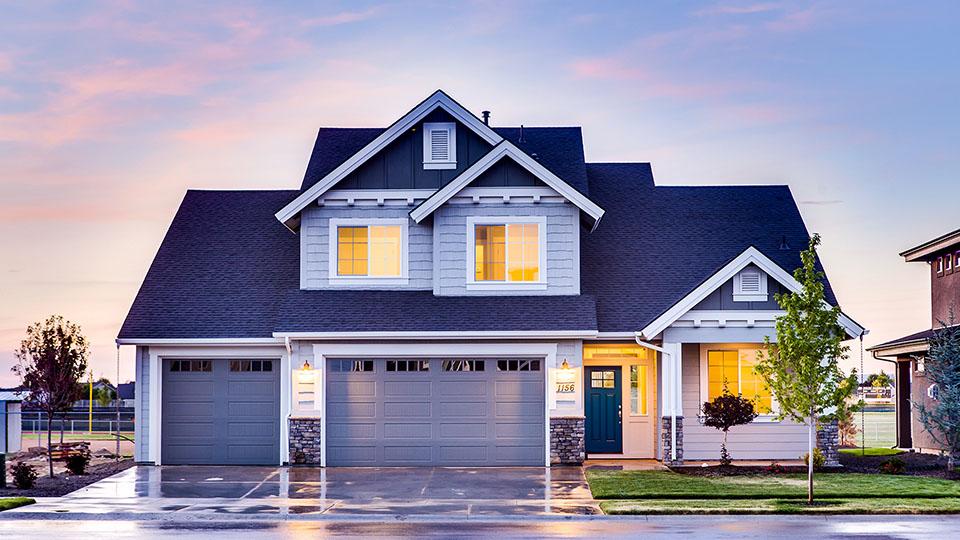
Essential Considerations When Choosing Your Ideal Single-Family Home
Finding the perfect single-family home requires careful thought and consideration. Start by identifying your core needs and preferences, such as the number of bedrooms, bathrooms, and any essential features like a home office or a spacious backyard. Additionally, think about the layout that works best for your lifestyle; open-concept designs may feel spacious and modern, while traditional layouts can provide a sense of coziness and privacy. Make a detailed list of your top priorities, and don’t hesitate to include aspects like energy efficiency or the potential for future renovations.
Another crucial aspect is the location, which can significantly impact your overall satisfaction with your new home. Analyze factors such as proximity to schools, workplaces, recreational areas, and public transportation options. Consider the community vibes and amenities available within the neighborhood. Below is a simple table to illustrate factors you may want to evaluate when assessing various locations:
| Factor | Importance |
|---|---|
| School Quality | High |
| Access to Public Transport | Medium |
| Neighborhood Safety | High |
| Shopping and Dining Options | Medium |
Researching zoning regulations and future development plans can also provide insight into how your investment might evolve over time. This deeper understanding will help ensure that your chosen location aligns with your long-term goals. Always stay informed and gather feedback from residents, as this first-hand knowledge can be invaluable in your home-buying journey.
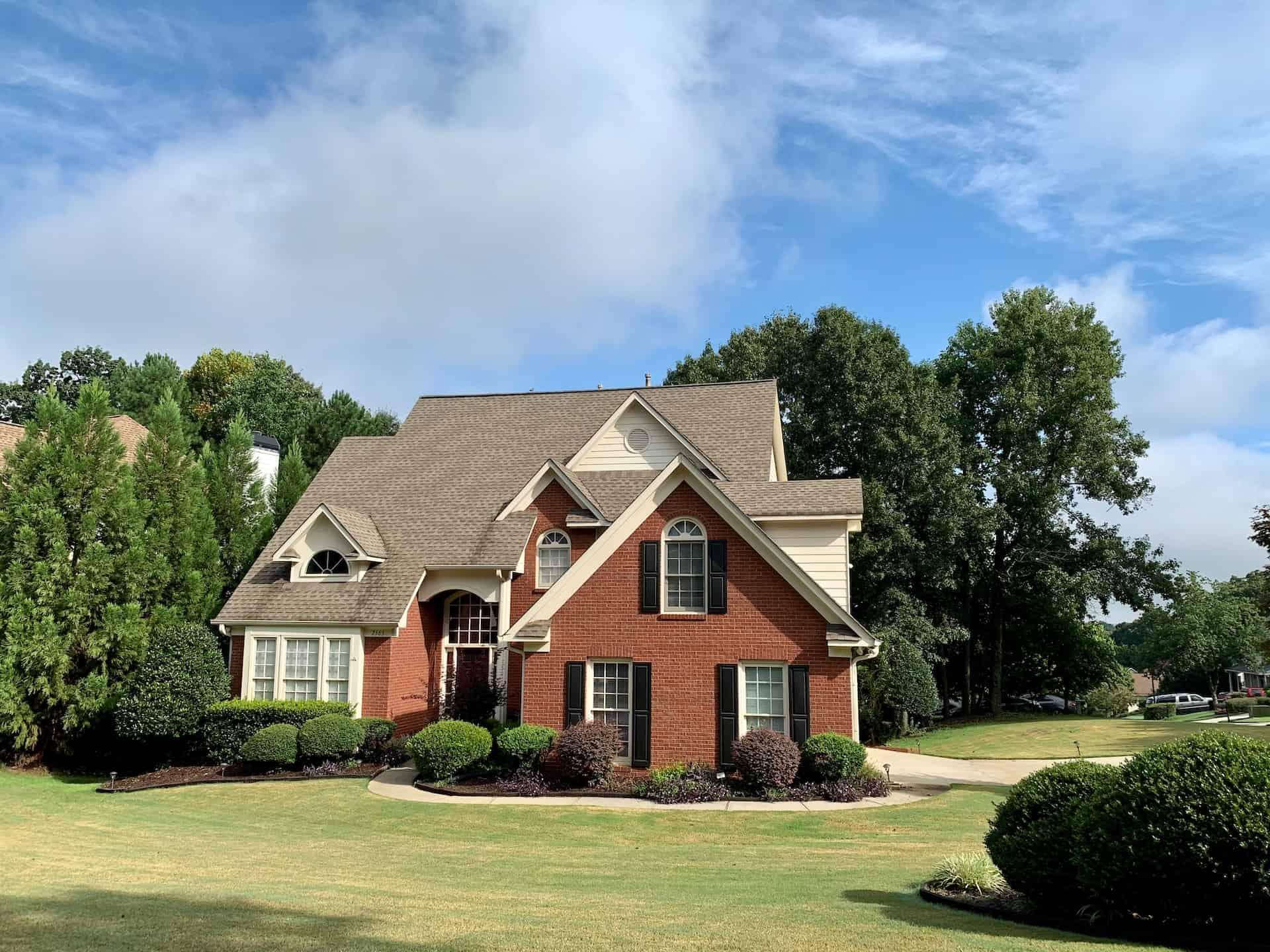
Maximizing Value: Renovation Tips for Single-Family Home Owners
Renovating a single-family home can yield significant returns, enhancing both your living space and property value. To effectively maximize value, start with a clear plan that focuses on high-impact areas. Consider the following upgrades:
- Kitchens: Modernize appliances and fixtures to create a functional and inviting cooking space.
- Bathrooms: Upgrade vanities, lighting, and plumbing to improve both aesthetics and efficiency.
- Curb Appeal: Freshen up the exterior with paint, landscaping, and updated entryways.
Don’t overlook energy efficiency during your renovations, as these improvements can attract eco-conscious buyers and lower utility costs. Here are a few energy-saving modifications:
| Upgrade Type | Potential Savings |
|---|---|
| Insulation | Up to 20% on heating/cooling bills |
| Energy-efficient windows | 15% savings on energy costs |
| Smart thermostats | 10-15% savings |
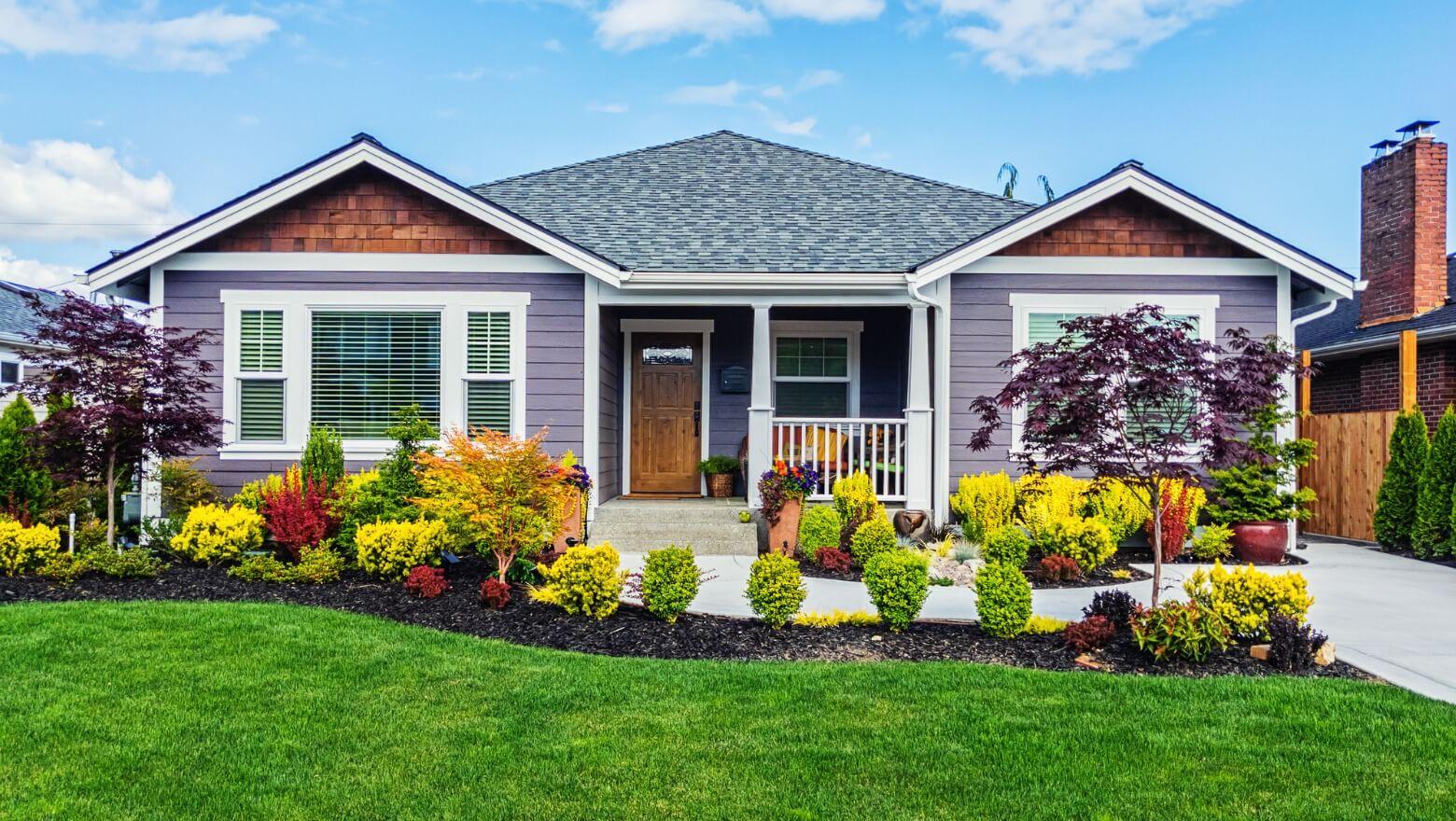
Navigating Neighborhood Dynamics for Financial Growth and Community Living
When living in a single-family home, understanding the dynamics of your neighborhood can be a game changer for financial growth and enhancing community ties. Communities often flourish when residents engage with one another, leading to a stronger support system and an enriched quality of life. Consider these aspects that can influence both personal and financial development:
- Neighborhood Events: Attend local gatherings or fairs to connect with your neighbors and foster relationships that can lead to collaborative projects or support networks.
- Real Estate Trends: Stay informed about property values and market changes in your area. This knowledge can assist you in making wise decisions regarding upgrades or investments.
- Local Amenities: Familiarize yourself with nearby parks, schools, and shopping areas, which can enhance your home’s value and your living experience.
Your engagement with the neighborhood can also provide opportunities for joint ventures, like community gardening or home renovation co-ops, that not only beautify the area but also boost property values in the long run. Building a resource network to exchange tips on property upkeep and local services will cultivate a vibrant, engaged community. Remember to keep an eye out for:
| Community Activity | Potential Financial Benefit |
|---|---|
| Home Improvement Workshops | Increased property value |
| Neighborhood Clean-Up Days | Enhanced curb appeal |
| Local Farmer’s Markets | Support for local economy |
Q&A
Q&A: Exploring the World of Single-Family Homes
Q1: What exactly is a single-family home?
A1: A single-family home is a standalone residential building designed to house one family. Typically, it includes its own yard, driveway, and at times, attached garages. Unlike multi-family dwellings, such as apartments or condominiums, these homes are not shared with other families, providing a sense of privacy and independence.
Q2: What are some common features of single-family homes?
A2: Single-family homes often boast a variety of features, including multiple bedrooms and bathrooms, spacious living areas, and private outdoor spaces like gardens or patios. They can come in various architectural styles, from cozy cottages to modern builds, making them appealing to diverse tastes.
Q3: Why are single-family homes so popular?
A3: The allure of single-family homes stems from their offering of privacy, space, and freedom. Families appreciate having their own yard for children to play, hosting gatherings, and enjoying outdoor activities. Additionally, many buyers view these homes as a long-term investment, as they often hold their value well over time.
Q4: How do single-family homes compare to other types of housing?
A4: Compared to multi-family homes or apartments, single-family homes provide more space and autonomy. However, they often require more upkeep and maintenance, such as lawn care and roof repairs. On the flip side, multi-family living can offer amenities and a sense of community that some homeowners might miss.
Q5: What factors should potential buyers consider when purchasing a single-family home?
A5: Buyers should evaluate their lifestyle needs, budget, and long-term goals. It’s important to consider factors such as the neighborhood’s safety, proximity to schools and work, property taxes, and maintenance costs. Additionally, potential buyers should assess the home’s condition and any renovations that may be necessary.
Q6: Are single-family homes a good investment in today’s market?
A6: Historically, single-family homes have been considered a solid investment. They often appreciate over time and provide homeowners with equity. However, like any investment, there can be fluctuations based on market conditions, interest rates, and regional economies. Conducting thorough research is crucial before committing.
Q7: What are some challenges faced by single-family homeowners?
A7: Homeownership comes with responsibilities, including routine maintenance, repairs, and financial obligations like mortgage payments and property taxes. Additionally, homeowners may face challenges such as market fluctuations that can affect property values or the costs associated with unexpected repairs.
Q8: How do single-family homes fit into the conversation about urban development and sustainability?
A8: Single-family homes are often seen as less sustainable than higher-density housing options, as they typically occupy more land per family. However, they can be designed with eco-friendly features, and when integrated thoughtfully into neighborhoods, they can contribute to a balanced community that includes diverse housing options.
Q9: What’s the future of single-family homes?
A9: The future of single-family homes may be influenced by evolving societal trends, including remote work and changing demographics. As preferences shift towards urban living and mixed-use communities, single-family homes may adapt, integrating more sustainable practices while retaining their appeal for those seeking space and independence.
Q10: Are there any innovations in single-family home design?
A10: Absolutely! Innovations like smart home technology, energy-efficient building materials, and flexible living spaces are becoming increasingly common in the design of single-family homes. These advancements not only enhance convenience and comfort but also promote sustainability and reduced energy consumption, appealing to eco-conscious buyers.
The Conclusion
the world of single-family homes stands as a unique tapestry woven from the threads of diverse lifestyles, personal aspirations, and market dynamics. Whether you envision a cozy retreat in the suburbs, a charming abode nestled in a bustling community, or a modern haven in a quiet enclave, single-family homes offer a wide array of choices to cater to your individual needs. As we navigate through shifting trends and ever-evolving preferences, understanding the intricacies of these homes equips us with the knowledge to make informed decisions. Ultimately, a single-family home is more than just a structure; it’s a canvas on which life’s memories are painted, a sanctuary where every corner tells a story, and a foundation upon which futures are built. As you embark on this journey, may your path to finding the perfect dwelling be rewarding and fulfilling. Happy house hunting!

